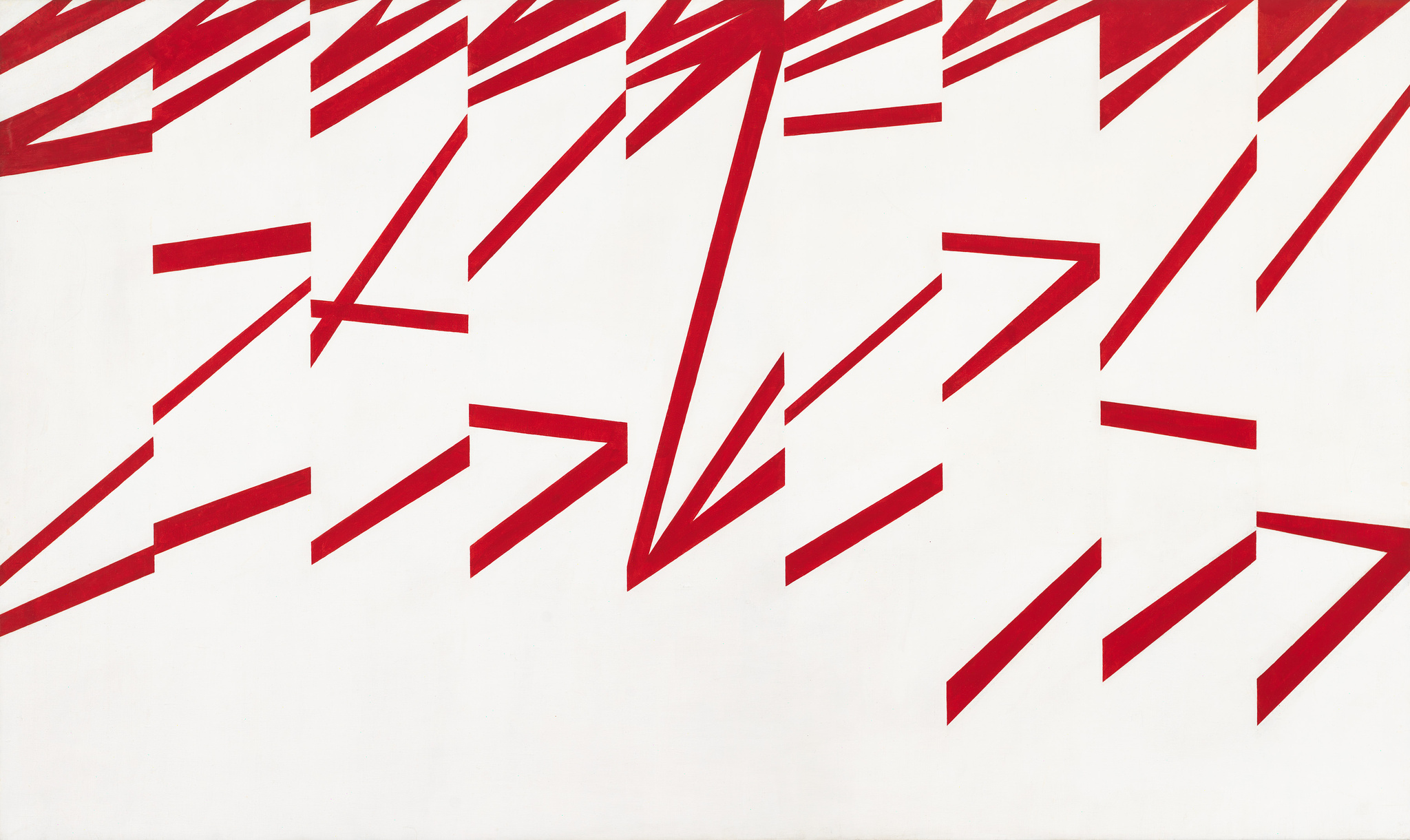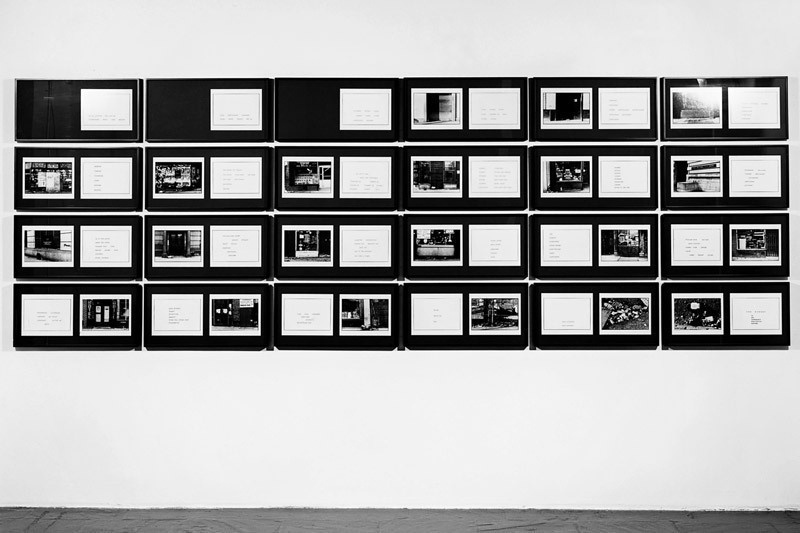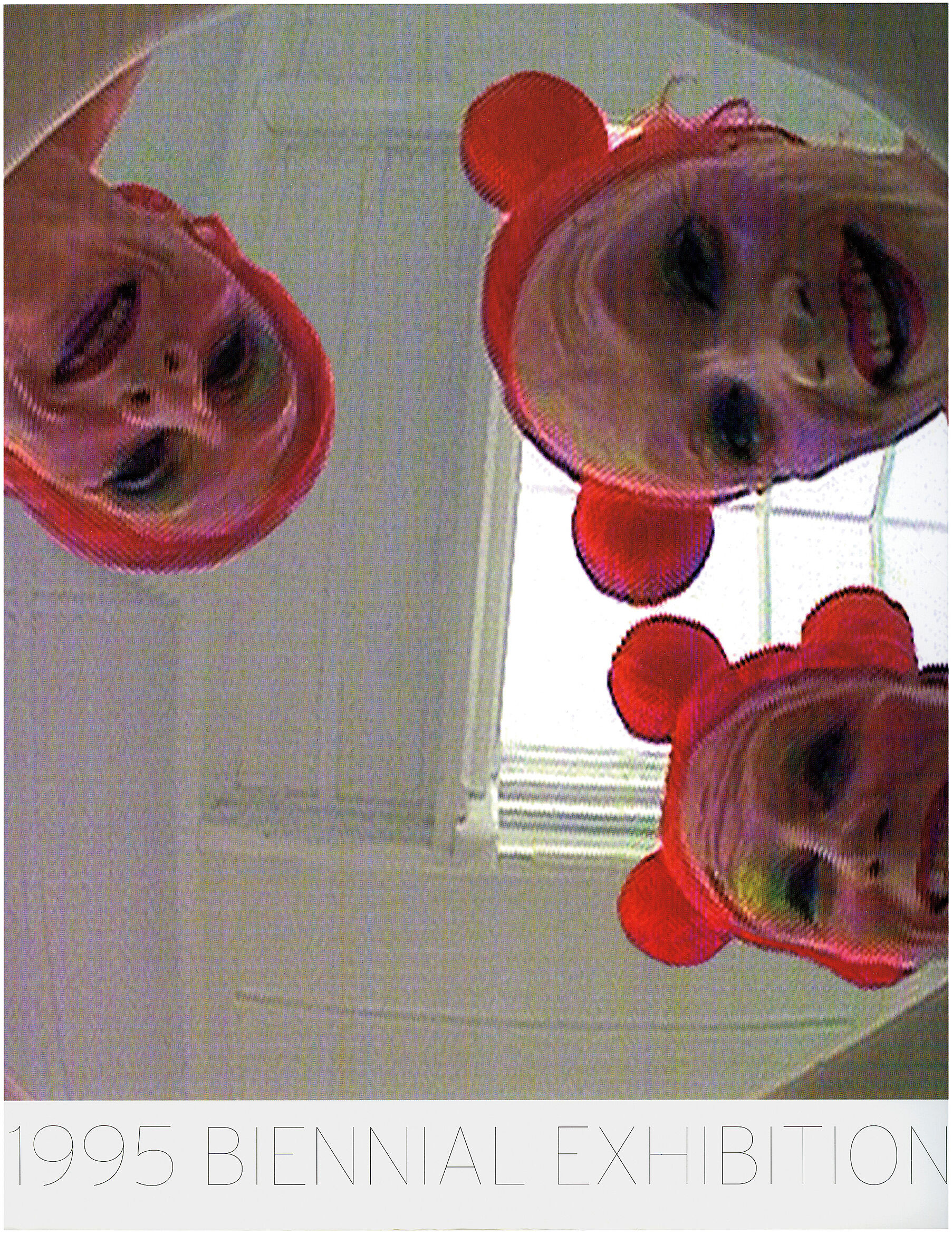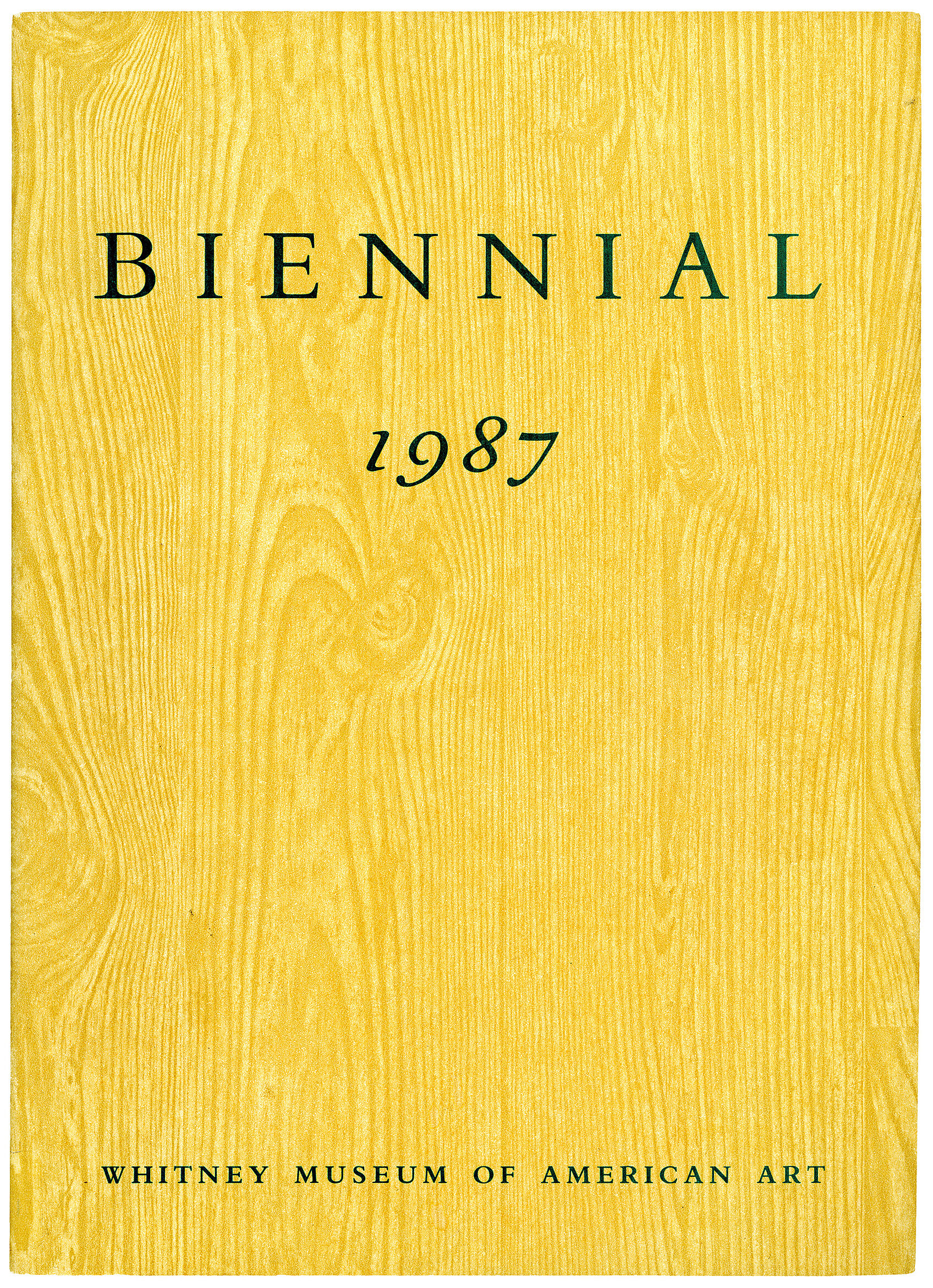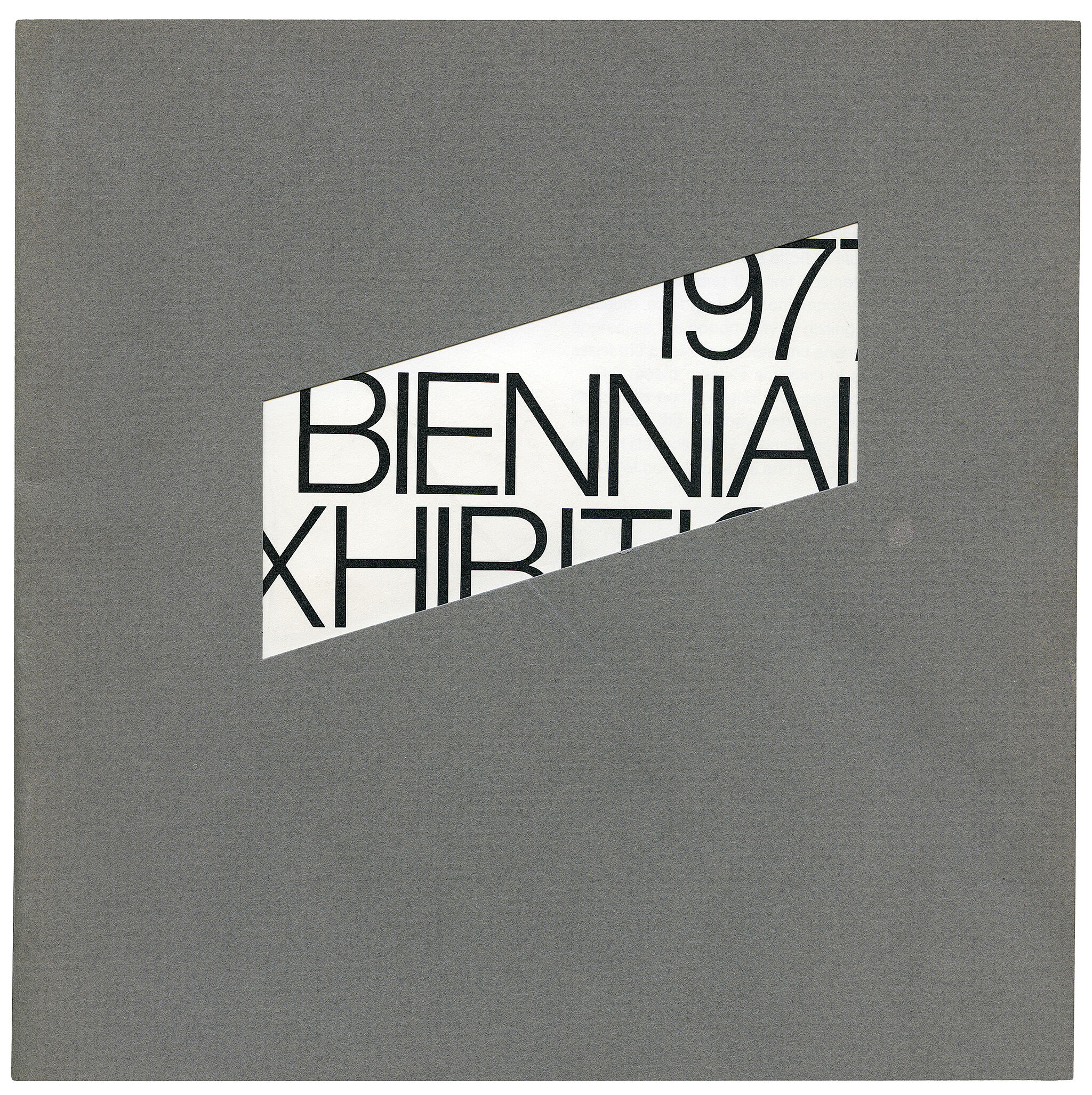Robert Ryman
1930–2019
In 1953, while studying jazz in New York, Robert Ryman began a seven-year stint as a guard at the Museum of Modern Art, and soon undertook an artistic self-education by examining how the paintings on view there were “put together.” Ryman’s subsequent sixty-year career could be characterized as an autodidactic study of the elements of painting: while sticking nearly exclusively to a pared-down grammar of white paint, abstract forms, and square formats, he has experimented extensively with hues of white; paint types (oil, enamel, latex); shape, size, texture, and density of marks; support types (canvas, metal, paper, fiberglass, wood); and means of attaching support to walls (stretchers, fasteners, tape).
Ryman’s stated concern with the question of how rather than what to paint is exemplified by his refusal to scrape away or overpaint, instead preserving each stroke exactly as it is applied. Eschewing image, narrative, or symbolism, Untitled makes its subject the subtle behaviors, and aesthetic pleasures, of the overlapping, noodle-like white marks wriggling in multiple directions; the glimpses of greens, blacks, oranges, and yellows that emerge from underneath; and even the exposed edges of the linen support and the lines of the signature at lower right. Though Ryman began painting during the heyday of “heroic” gestural Abstract Expressionism, the sensuous marks of Untitled do not fetishize the artist’s touch. Yet neither does the painting operate purely conceptually. Quite the opposite: with each white painting, Ryman encounters again the basic problem of how to paint, and demonstrates anew the potentially inexhaustible possibilities of applying pigment to a flat surface.
Introduction
Robert Ryman (May 30, 1930 – February 8, 2019) was an American painter identified with the movements of monochrome painting, minimalism, and conceptual art. He was best known for abstract, white-on-white paintings. He lived and worked in New York City.
Wikidata identifier
Q640936
Information from Wikipedia, made available under the Creative Commons Attribution-ShareAlike License . Accessed December 20, 2025.
Introduction
Ryman's paintings are reduced to strict formalism: they are mostly white and usually square. He intended to become a jazz musician and played with Lennie Tristano in the 1950s, but an encounter with the paintings of Mark Rothko caused him to begin painting.
Country of birth
United States
Roles
Artist, graphic artist, musician, painter
ULAN identifier
500118752
Names
Robert Ryman, Robert Tracy Ryman
Information from the Getty Research Institute's Union List of Artist Names ® (ULAN), made available under the ODC Attribution License. Accessed December 20, 2025.


